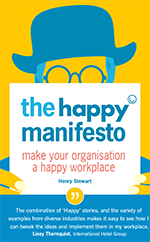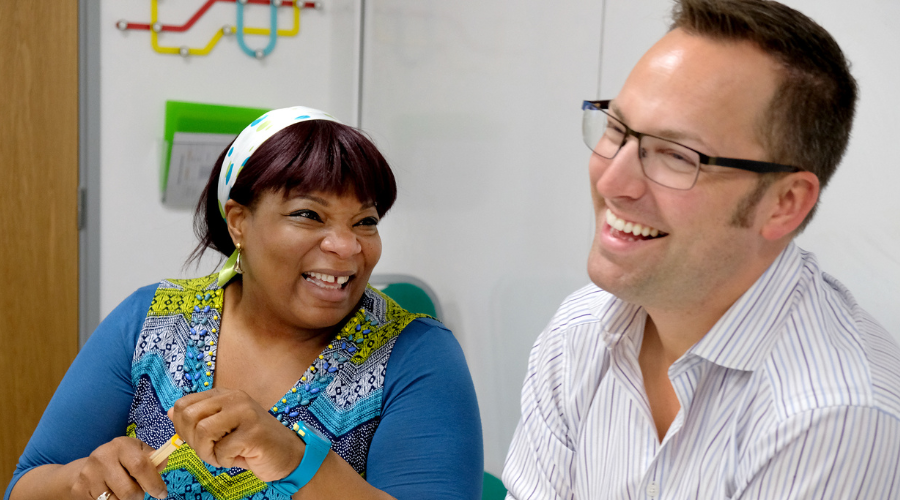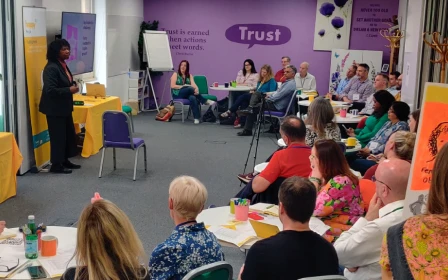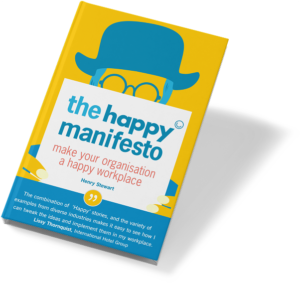Many years ago, when I was very new to my first job as an IT Trainer, I worked for a law firm. They were rolling out a new document management system and, as was usual with rollouts, the software was still being developed as we were preparing for training delivery. I sat next to one of the developers, learning how the system worked.
We reached a search page and she turned to me and said, ‘the results screen isn’t finalised yet, what do you think a lawyer would want to see when they click Search?’. I wasn’t sure, and unfortunately, no one asked any of the lawyers at the firm what they would have liked – and it turns out, that would have been a useful question to ask!
When products are rolled out, that failure to ask those kinds of questions to the right people often means that it’s not the product people needed.
Who are stakeholders?
Too often when we’re developing something for others to use, we can be guilty of forgetting to include those who will be impacted by what we do, and those who might have power over our ability to do what we’re aiming to do. These people are known as stakeholders.
Our project might be a system, or something more slightly less tangible, like a social media campaign or a set of activities to bring about culture change. It could even be a personal ‘project’, such as something we want to achieve in our career.
None of these things can be done without stakeholders.
We can’t consult with every single stakeholder, but what we can do is work out who those stakeholders are and what they need from us to be on board with the project or the change.
Many projects are run without even taking that first step of working out who all the stakeholders are. It might feel like yet another task to do in an always-packed workload, but it can save a lot of time and pain further down the line. If you find out who your stakeholders are and engage with them accordingly, you potentially:
- Spot potential advocates for your project so you can harness that energy!
- Spot potential detractors and consider what they need to be on board with your project
- Improve the planning for your change so it better meets people’s needs
Motivate those stakeholders who you will rely on to get your project over the line.
Identifying your stakeholders
Start by thinking of groups who have an interest in your project, that is those who will be impacted by the project outcome. Also, consider those who have an impact on your ability to deliver the project outcome. That is those with power or influence. You can then map these groups. Begin with broad groups. You might think about staff, suppliers, customers or beneficiaries. Then break each of those large categories down again, and again until you feel you have reached a sensible sized stakeholder group. One that doesn’t need to be subdivided to make sense for your project.
The course will get you doing this, and then you’ll take the next step to map them onto your Power/Interest grid. This will tell you both who your key stakeholders are and it will get you thinking about how to engage with all of your stakeholder groups.

Learn more in Happy’s Stakeholder Management and Engagement workshop
Happy’s Stakeholder Management and Engagement workshop will help you through the process of stakeholder identification. You might be surprised at just how many there are.
You’ll have the chance to consider how much power over, or interest in your project they have and what that means for how you communicate with them. We will look at the kind of questions you need to ask about and of your stakeholders, and we will cover techniques for finding out what they need you to deliver. This next runs online on 24th October.
Related Blogs
- How to Make Sure Your Next Project is a Success — What makes something a project, rather than just a complex piece of work? And what can we do to give ourselves a better chance of success? Find out in this blog by Claire Lickman.
- How Asana Can Improve Productivity and Collaboration in Your Team — Our IT expert Gill explains why she likes to use Asana for project management, and how Asana can help to improve your team’s productivity and collaboration.
